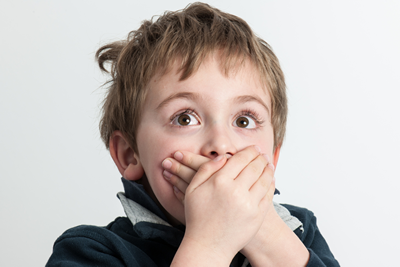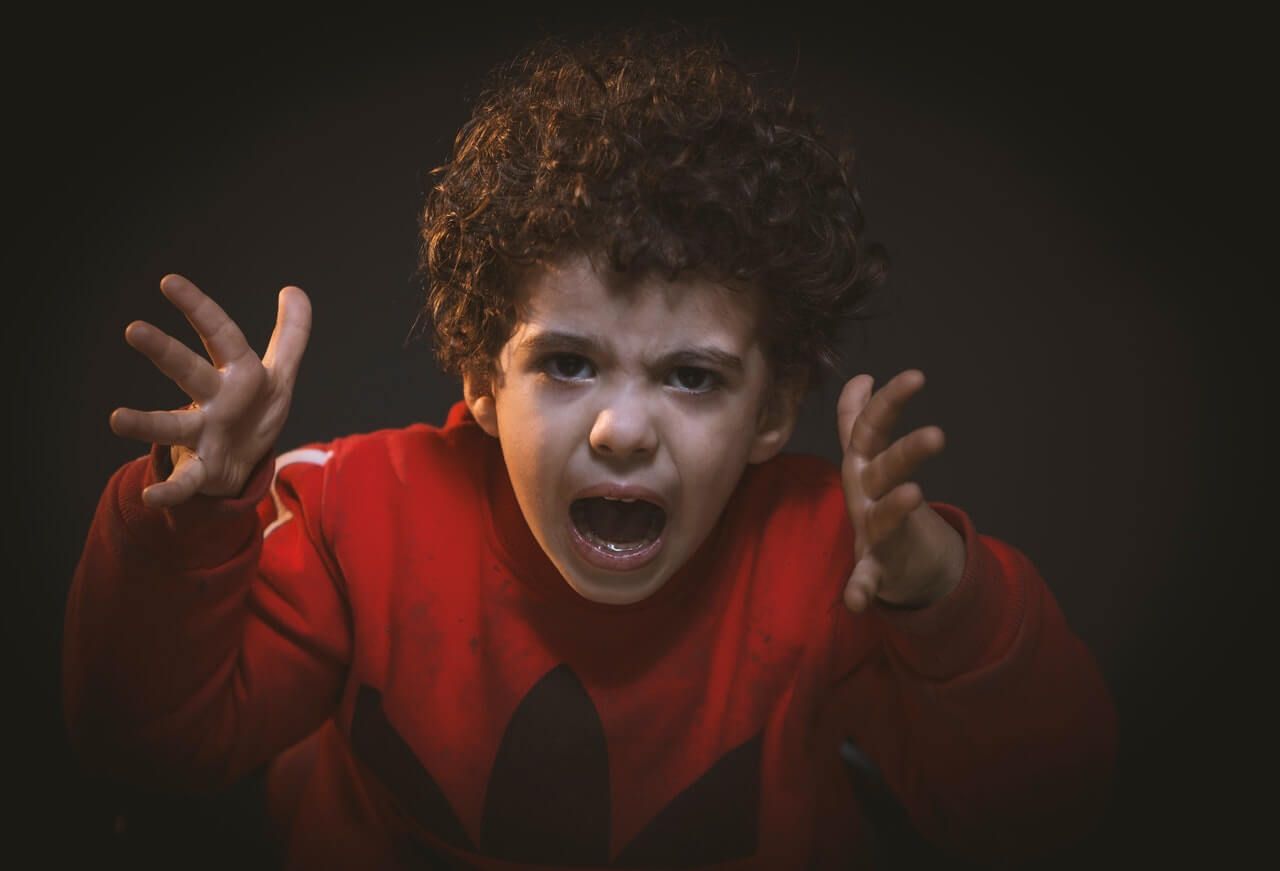How to help your child regulate their emotions
During the toddler stage, expression of emotion is usually uninhibited – children simply act out how they feel. And while it can be mesmerising to watch them be filled with delight, it can be overwhelming to see them act out anger when it happens often, or violates norms (such as biting another child at pre-school).
There are many challenges for children in the journey of learning to regulate emotions and behaviour. Children must learn how to:
- negotiate friendships
- tolerate frustration,
- cope with fear and anxiety,
- tolerate being alone, and
- share, or defend themselves and their toys.
Often, they are learning this skill with other children (or adults) who have varying degrees of emotional regulation skills. And, they are learning in a world where expectations can vary – no wonder it is so complicated!
Other people may not be emotionally consistent. Or they may have different ideas about when and how emotions should be expressed. As parents begin to teach children how to regulate emotions, social norms and the expectations of others are an important factor. In the child’s family of origin, sometimes there are unwritten rules about emotions that must be learned. These might be beliefs such as “it’s not ok to express anger”, or “it’s not ok to express sadness”, or “emotions should be hidden”, or “it’s ok to throw a hissy fit!”.
Often when I am working with parents, one of the first things I ask is what unwritten rules and beliefs were around in their own family of origin – and how this may compare to the rules they want to have for their own children. It can raise some very interesting discussions. For most of us, prior to becoming parents we don’t give a great deal of thought to the beliefs we learned in our family of origin (unless we are actively rejecting them!). Ultimately, there is often a blending of ideas drawn from family of origin, the culture and the peer group a person belongs to that determines the rules they want their family to have, both for expressing – and for managing emotions.
What were the rules in your family of origin? How did they influence you? How do they influence your parenting expectations?
Of course, just because parents have decided on a set of rules, it’s not enough. Children will take some time to learn how to manage emotions and adopt the expectations of parents. And by some time, neuroscience suggests full mastery in the early 20’s, not by age 5!
That means that during the early stages of childhood biting, scratching, or kicking might be challenging to manage. Temper tantrums peak around 2-3 years. At such a young age, children are not yet able to comprehend or understand social norms. We know that when parents have unrealistic expectations, it can lead to high levels of distress in the family. Parenting courses can be invaluable.
The good news is that this stage does not last forever! Self-regulation – the ability to label emotions, to talk about them, and to begin to make behavioural choices increases during the preschool years.
Often, it can help to think about regulation in two different ways.
- emotional regulation, where your child works to manage their internal feelings states, and
- behavioural regulation, where your child is learning to control emotionally driven behaviours.
Sometimes we call these behaviours ‘action urges’: For example, think about the urge to lash out (verbally or physically) when we experience anger – or the urge to smile when we experience joy. These are action urges.
Mastery of action urges, understanding our internal feeling states and being able to make behavioural choices that are in line with our values (not just acting out how we feel), are central to building emotional intelligence. And we know that emotional intelligence is a predictor of success in many life areas – particularly with relationships.
Conversely, having difficulty regulating emotions is often associated with behaviour or mood problems. These can be externalising problems (where your child’s emotions are out on display and feel out of control), or internalising problems such as anxiety (where emotions may be over-regulated).
So how can you best help your child? Three simple steps:
- Teach the names for those emotions! The first step in control is understanding. Naming how you feel is the start of taming how you feel.
- Notice your own emotional internal sensations. Describe and share them with your child as you label it for them.
- Model the behaviour you want to see. There’s no point in hoping your child will bite their tongue if they see you do otherwise. Watching caregivers manage emotions is a key part of how children learn.
So, the next time your child has an emotion, practice giving them some words:
“Looks like you are feeling…”
| Joyful | Excited | Frustrated | Hopeless |
| Cheerful | Proud | Hesitant | Sad |
| Content | Satisfied | Worried | Lonely |
| Amused | Hopeful | Scared | Hurt |
| Elated | Brave | Shocked | Disappointed |
| Elated | Kind | Disappointed | Dismayed |
| Compassionate | Modest | Alarmed | Suspicious |
| Delighted | Jealous | Ashamed | Helpless |
| Concerned | Envious | Embarrassed | Rejected |
| Attracted | Annoyed | Bored | Disillusioned |
| Curious | Aggravated | Humiliated | Surprised |
| Enthusiastic | Frustrated | Guilty | Disgusted |
| Relieved | Exasperated | Grumpy | Repulsed |
| Loved | Irritated | Bitter | Pity |
| Confident | Angry | Insulted | Regretful |
| Intrigued | Resentful | Overwhelmed | Calm |
Download the list here
We hope you find this information helpful – ready for more?
Join our Mindworx Psychology Facebook Page for more helpful tips on parenting – or check out Think Differently, our wellbeing website and facebook page for adults.
by
Dr Amanda Mullin – Director, Doctor of Clinical Psychology

become a member
Sign Up to our newsletter to become a Mindworx Psychology Online Member. Get priority access to our online courses masterclasses, and explore top tips and strategies from our team of Psychologists.

parenting an ADHD’er
Ten weeks of easy to digest, engaging online content. Learn all about ADHD, the different ways in which you can help your child, and practical strategies to manage inattention, impulsivity, big emotions and hyperactive behaviours.
Our Resources
Everything about Mindworx Psychology and about Mental Health and Wellbeing at your fingertips.
Search, browse & find resources
about author

Dr Amanda Mullin, Founder of Mindworx Psychology & Doctor of Clinical Psychology
subscribe to newsletter
Keep up to date with the latest in evidence based treatments
Our Location
Suite 206, 10 Century Circuit, Norwest Central, Baulkham Hills, NSW 2155
Fees & Insurance
You do not need a GP referral to book an appointment at Mindworx Psychology.
Medicare Rebates are available if you have a valid referral from a GP, Psychiatrist or Paediatrician.
Your Private Health Fund may offer cover for Psychology Services – you can check this directly with your fund.



